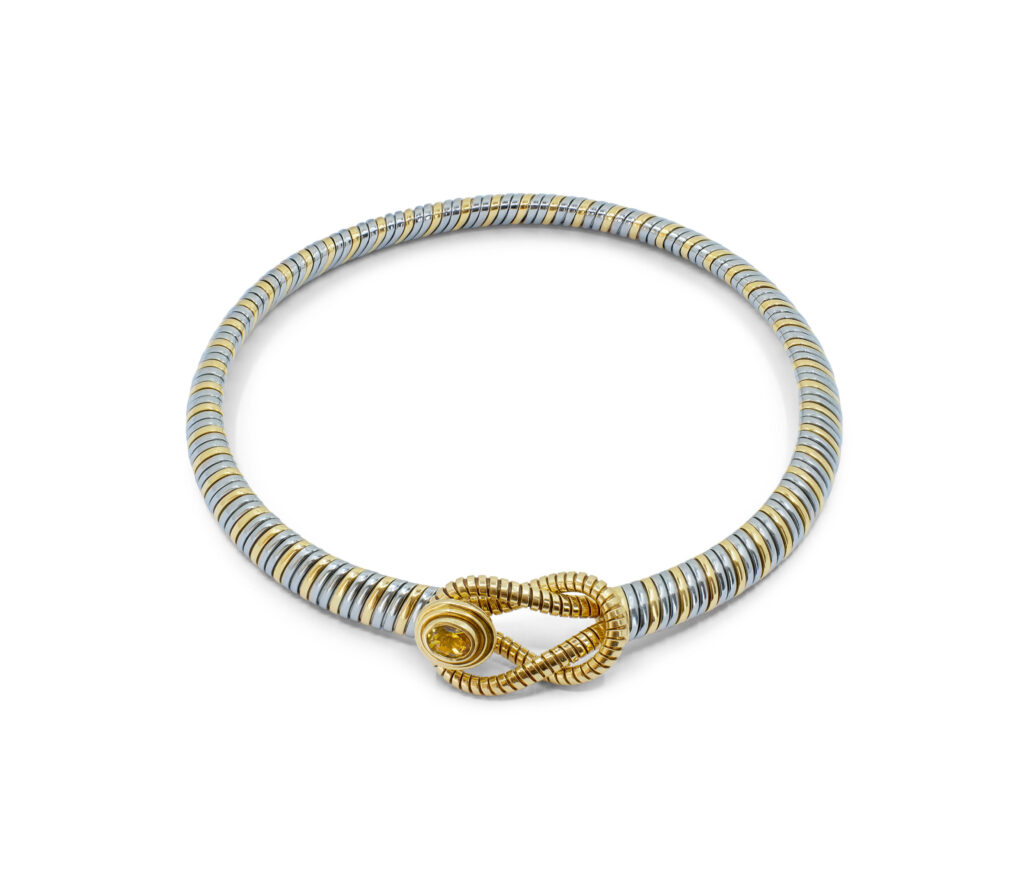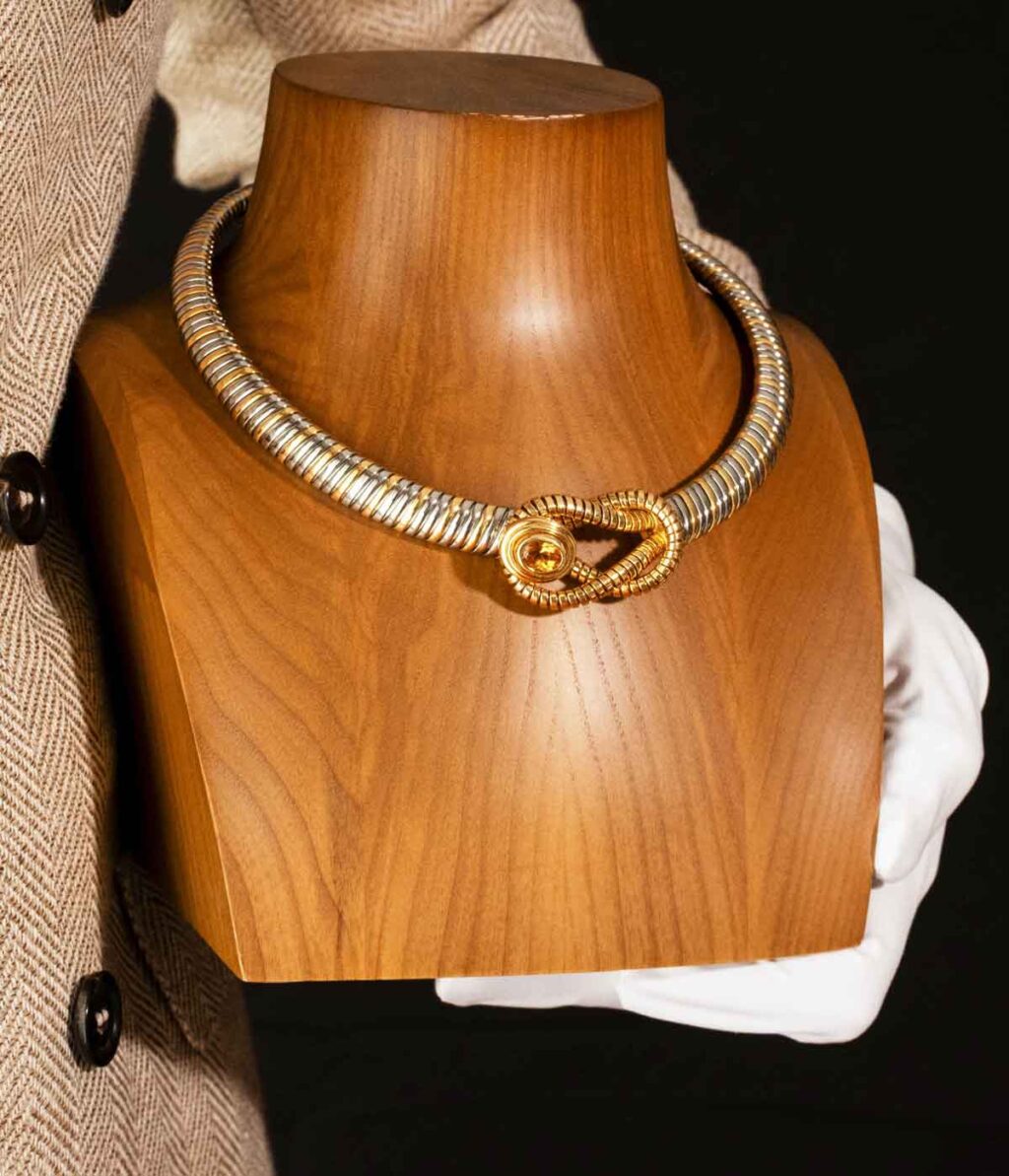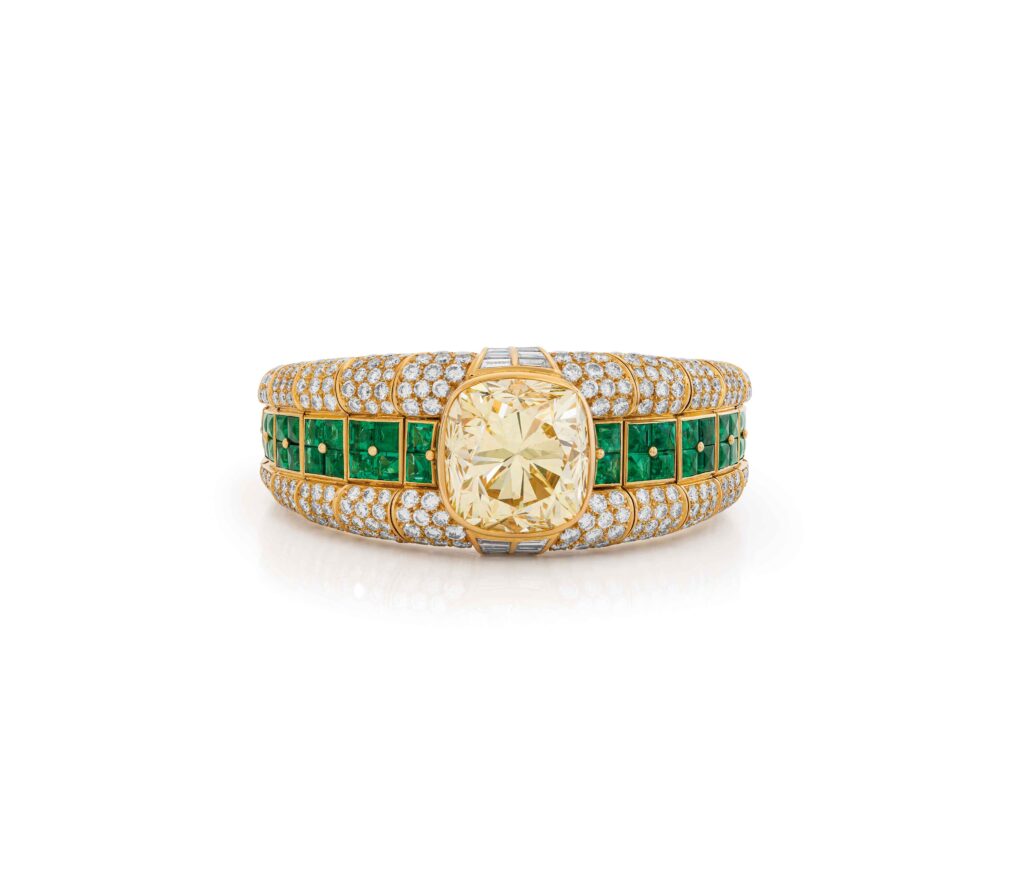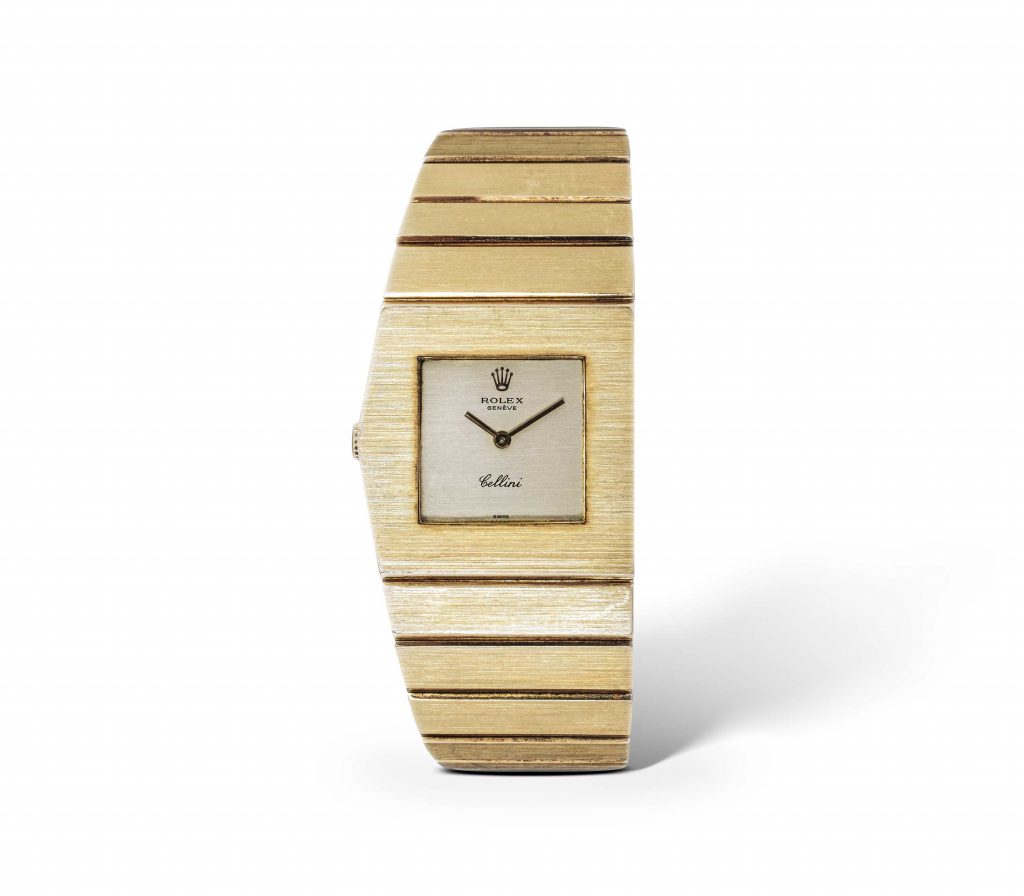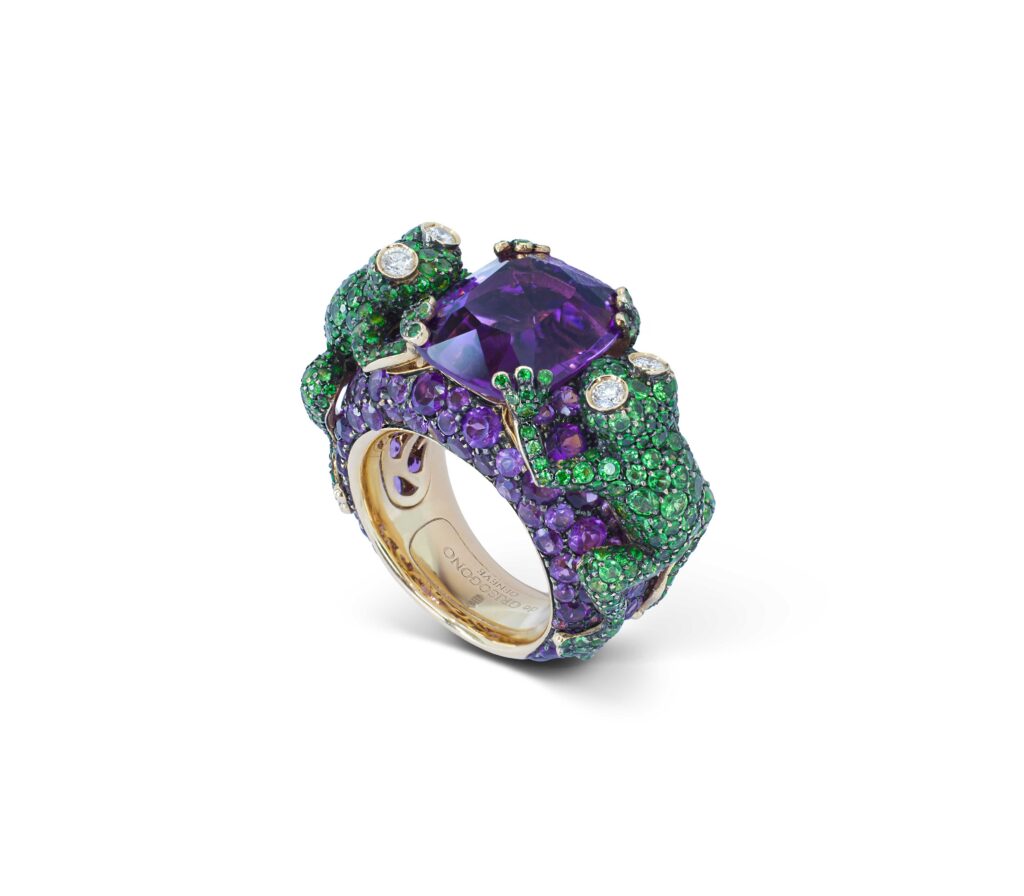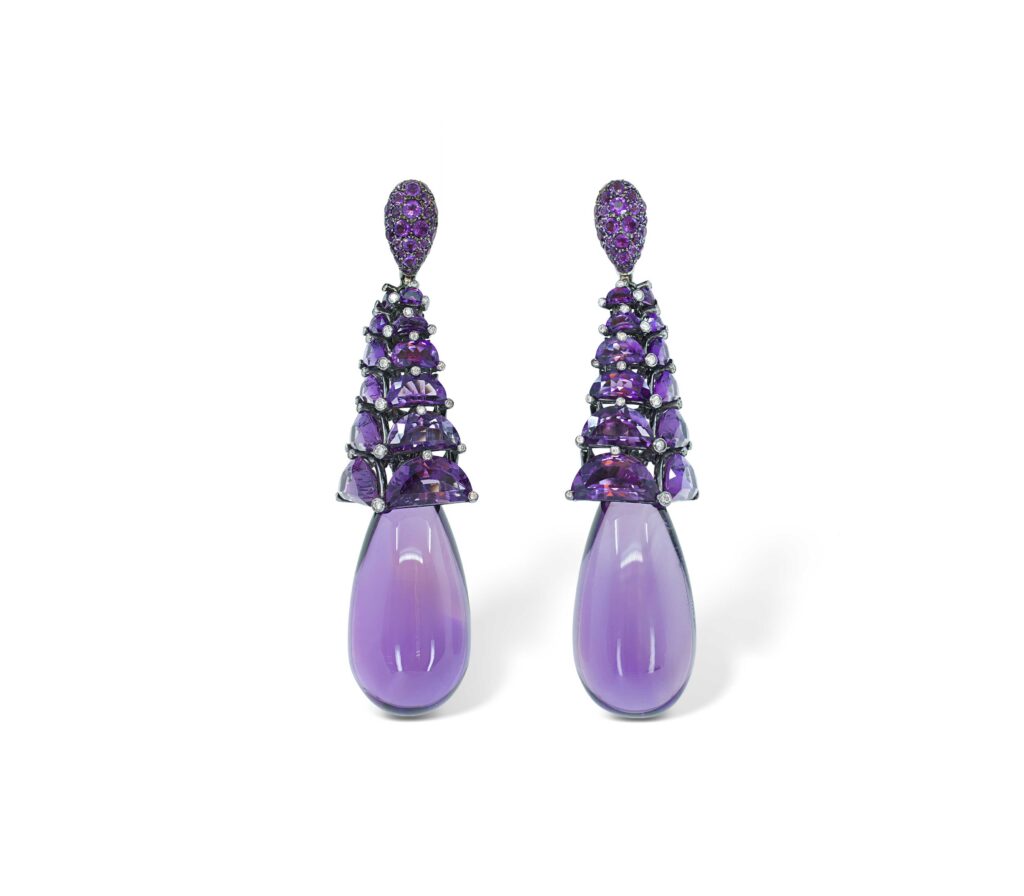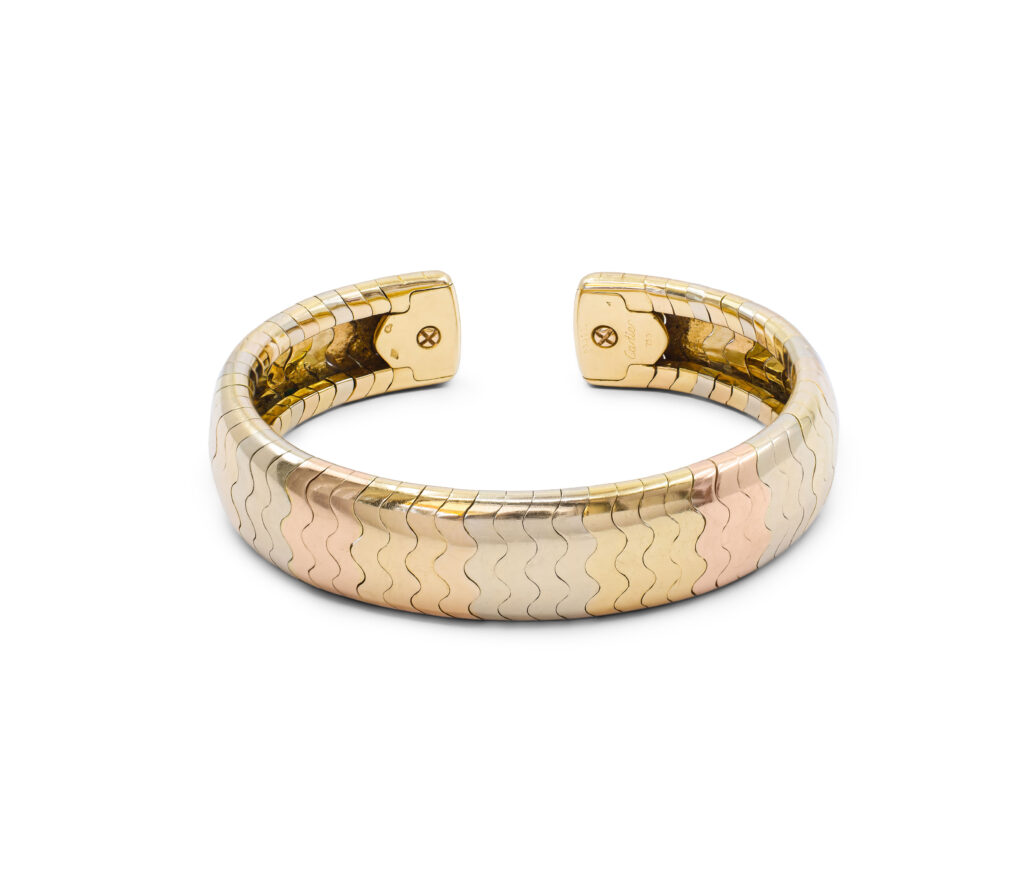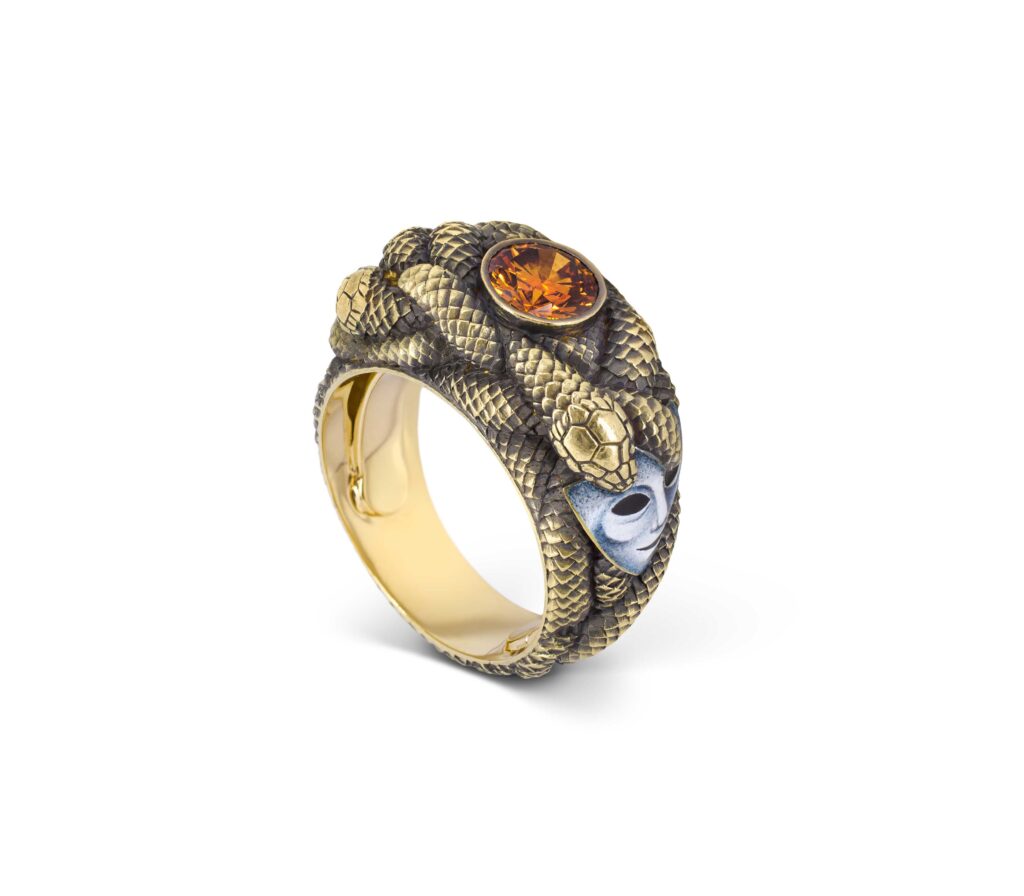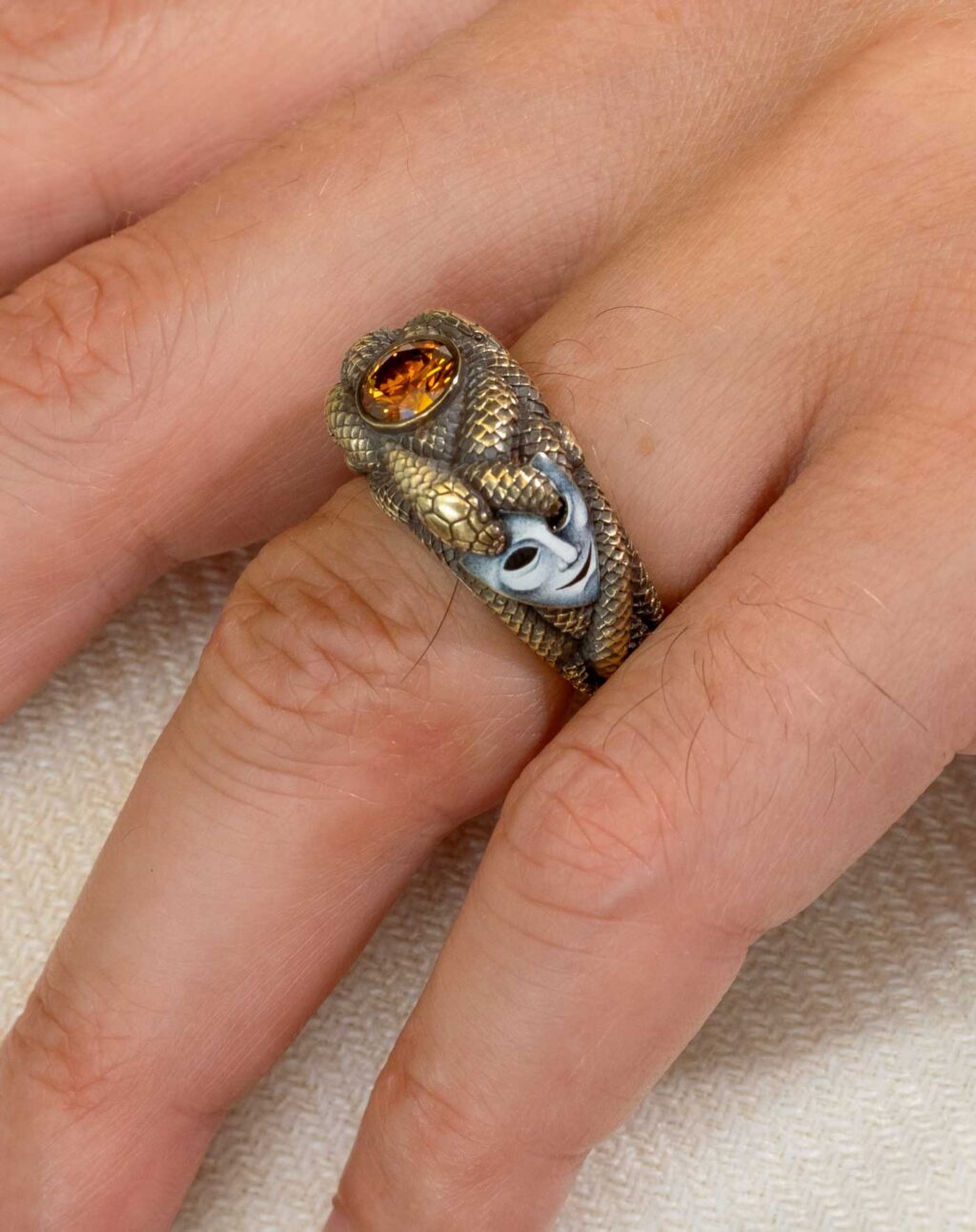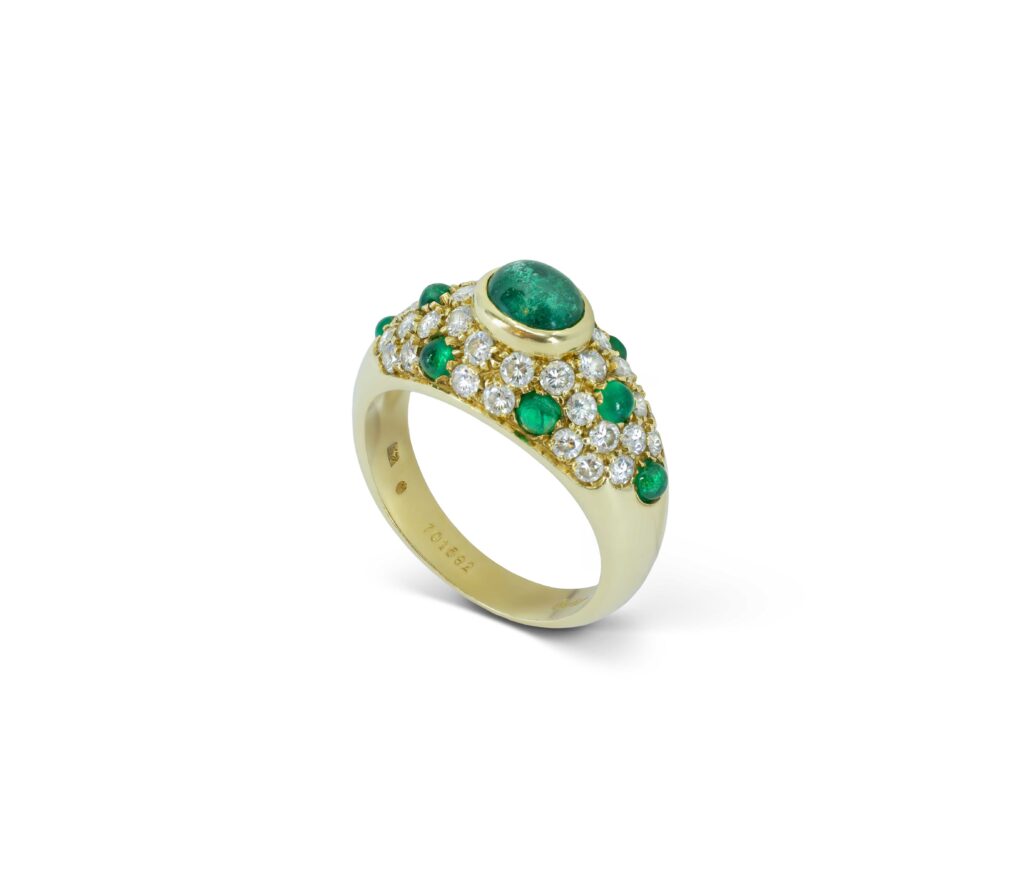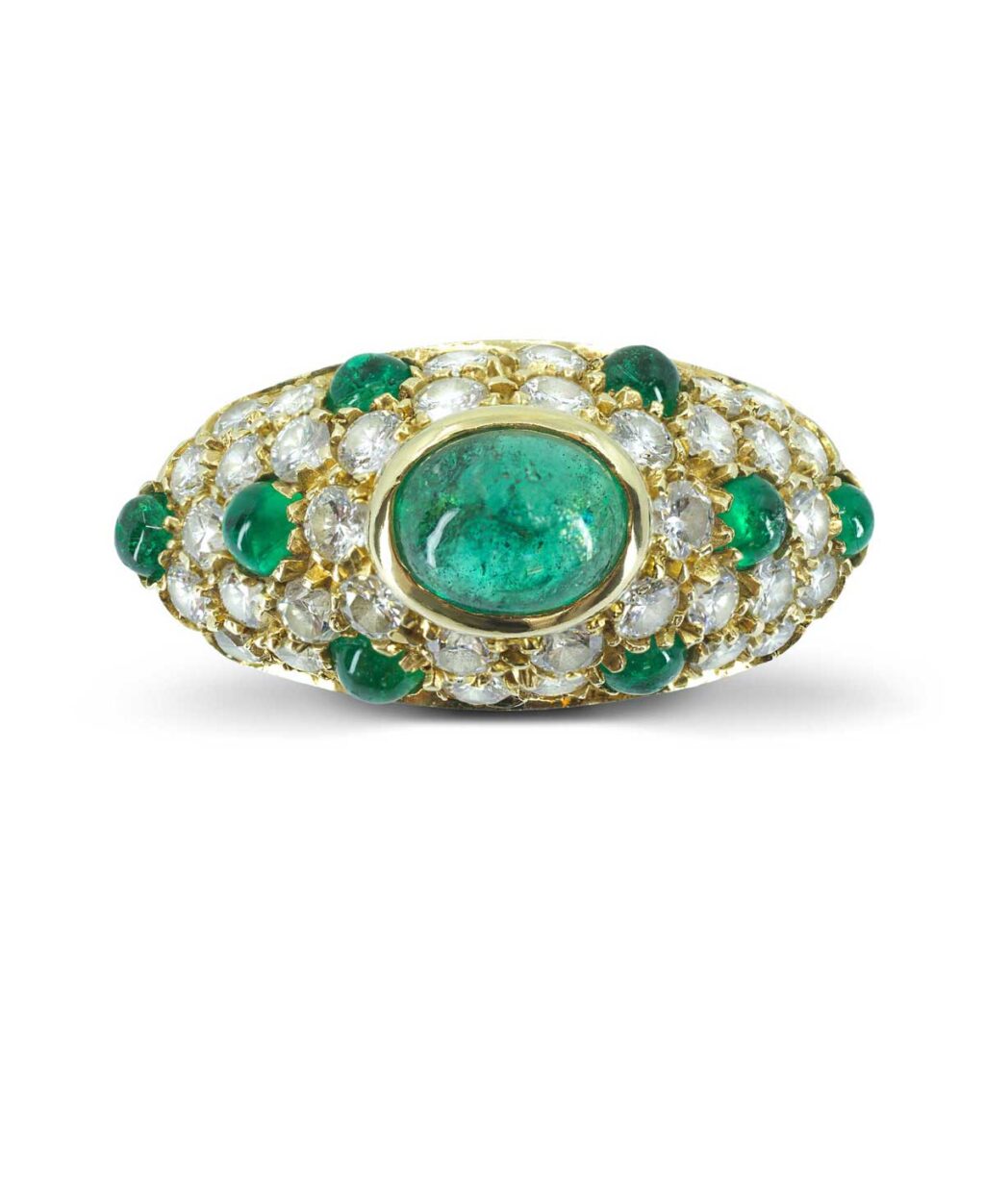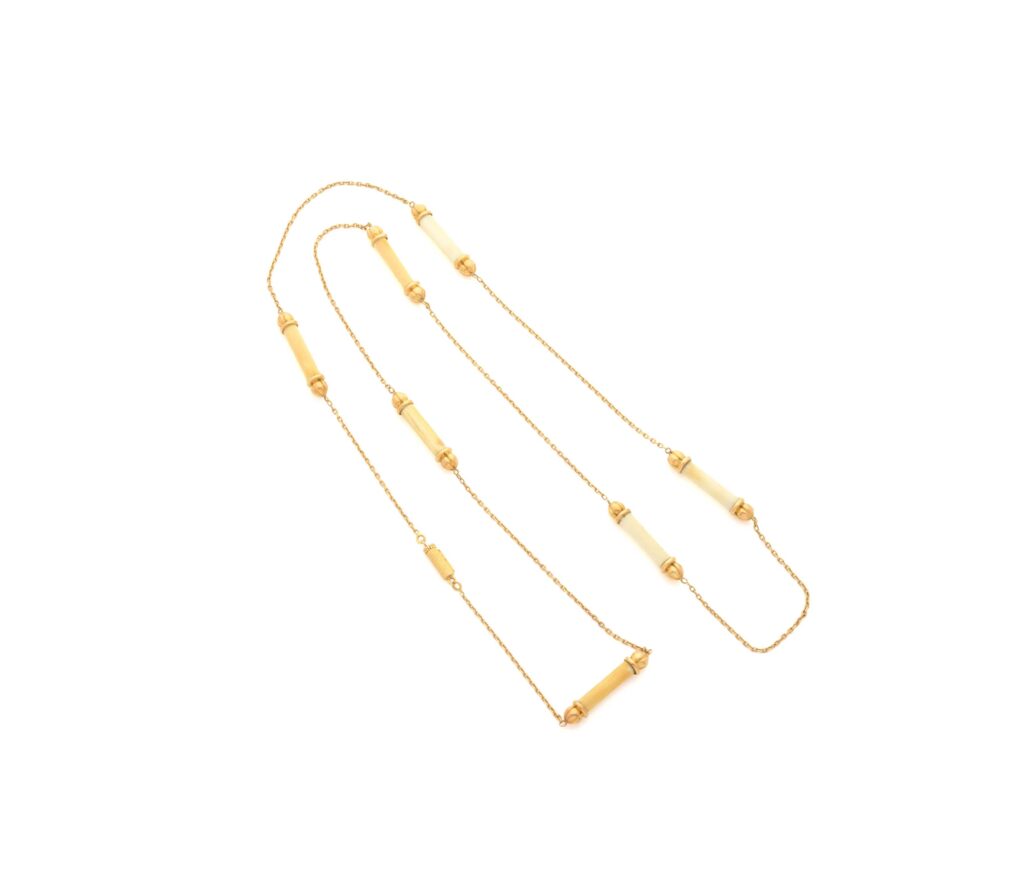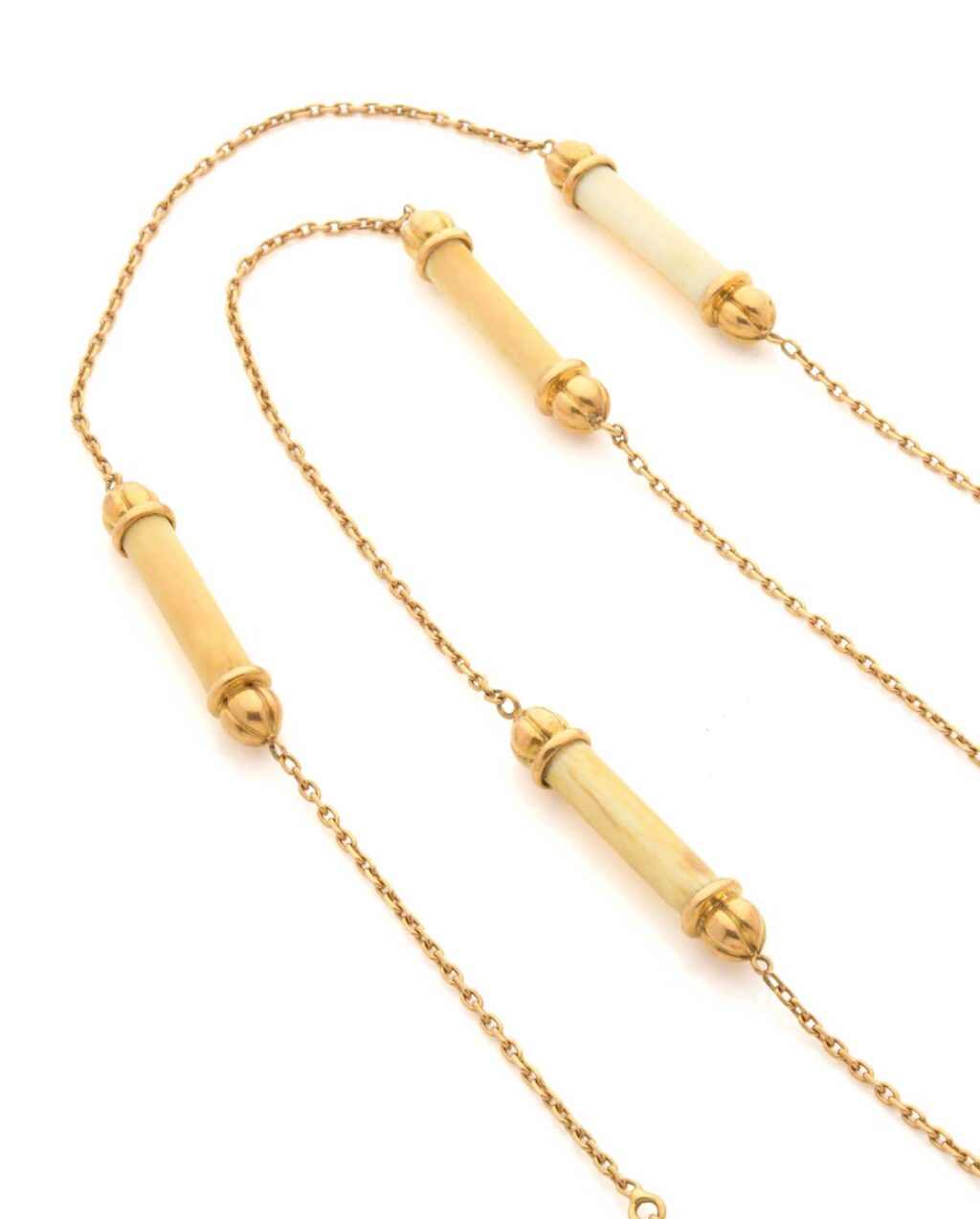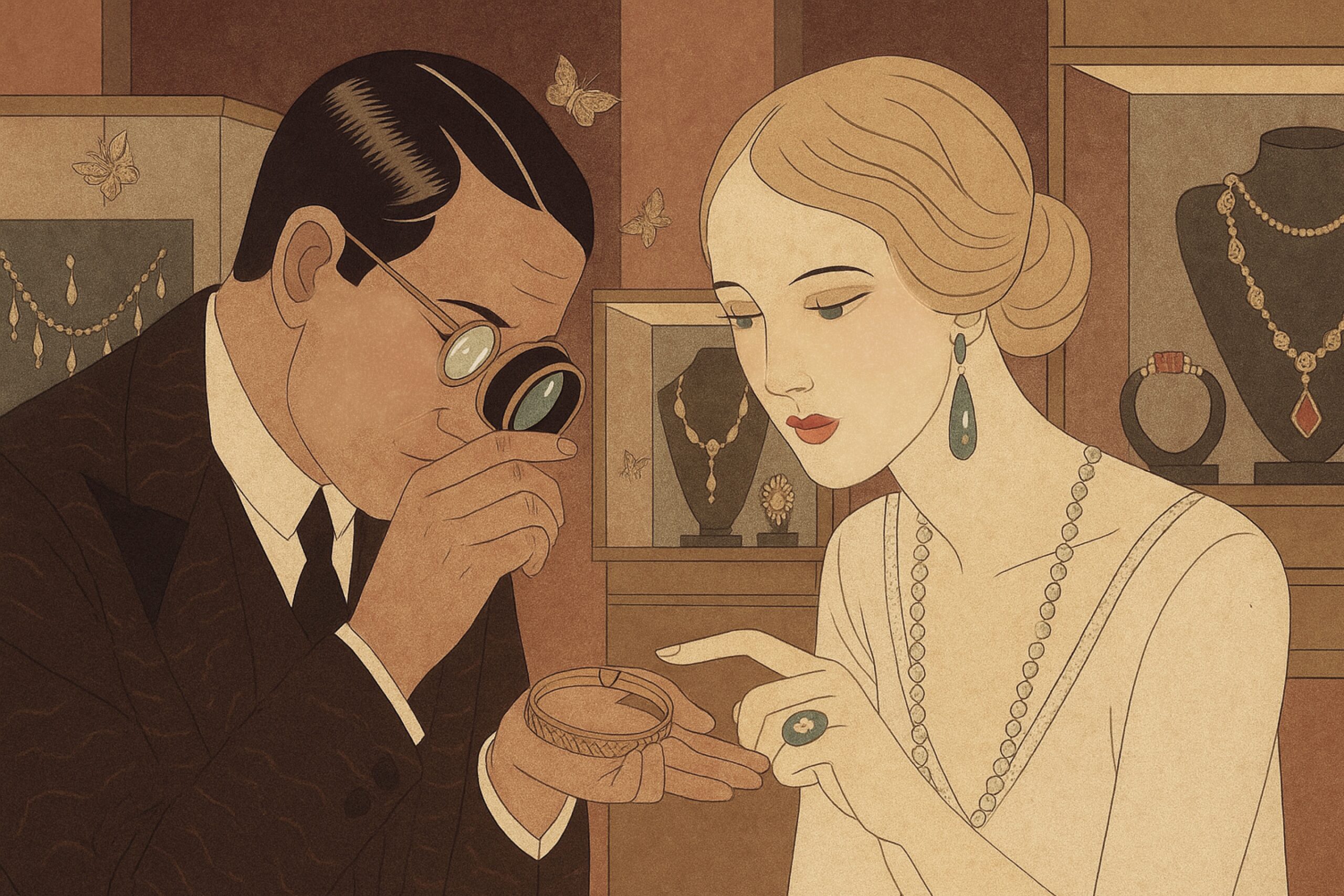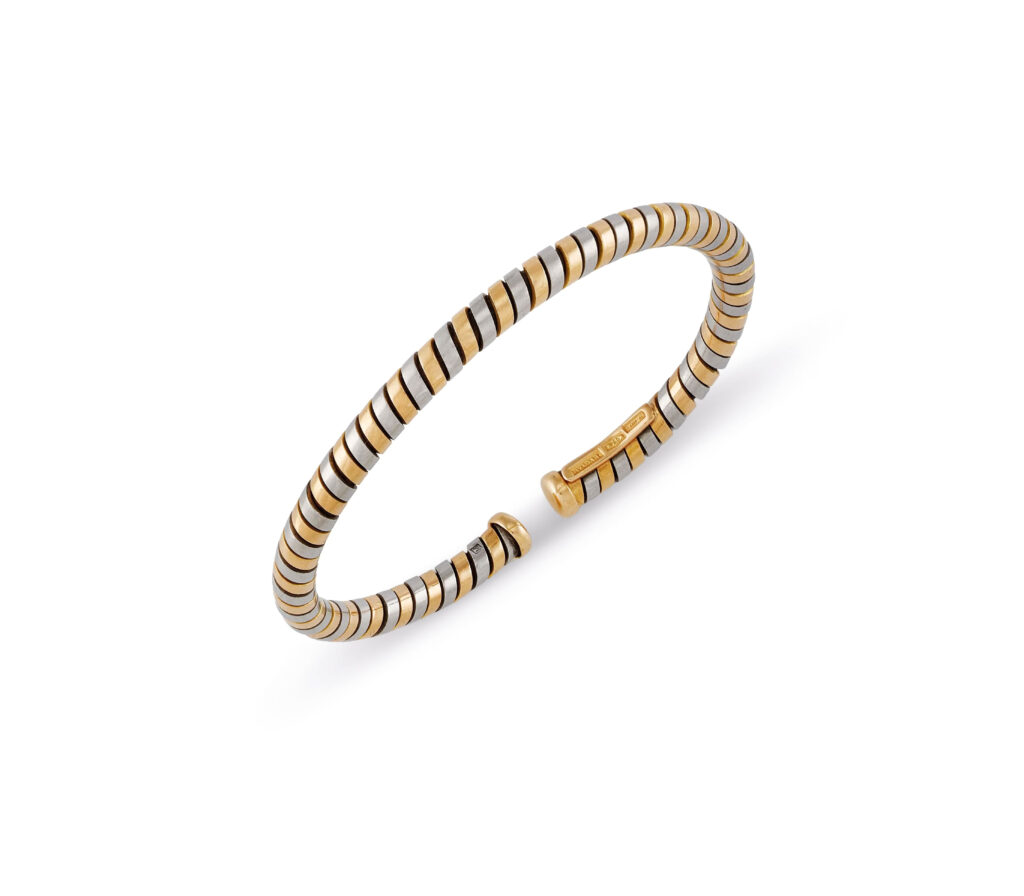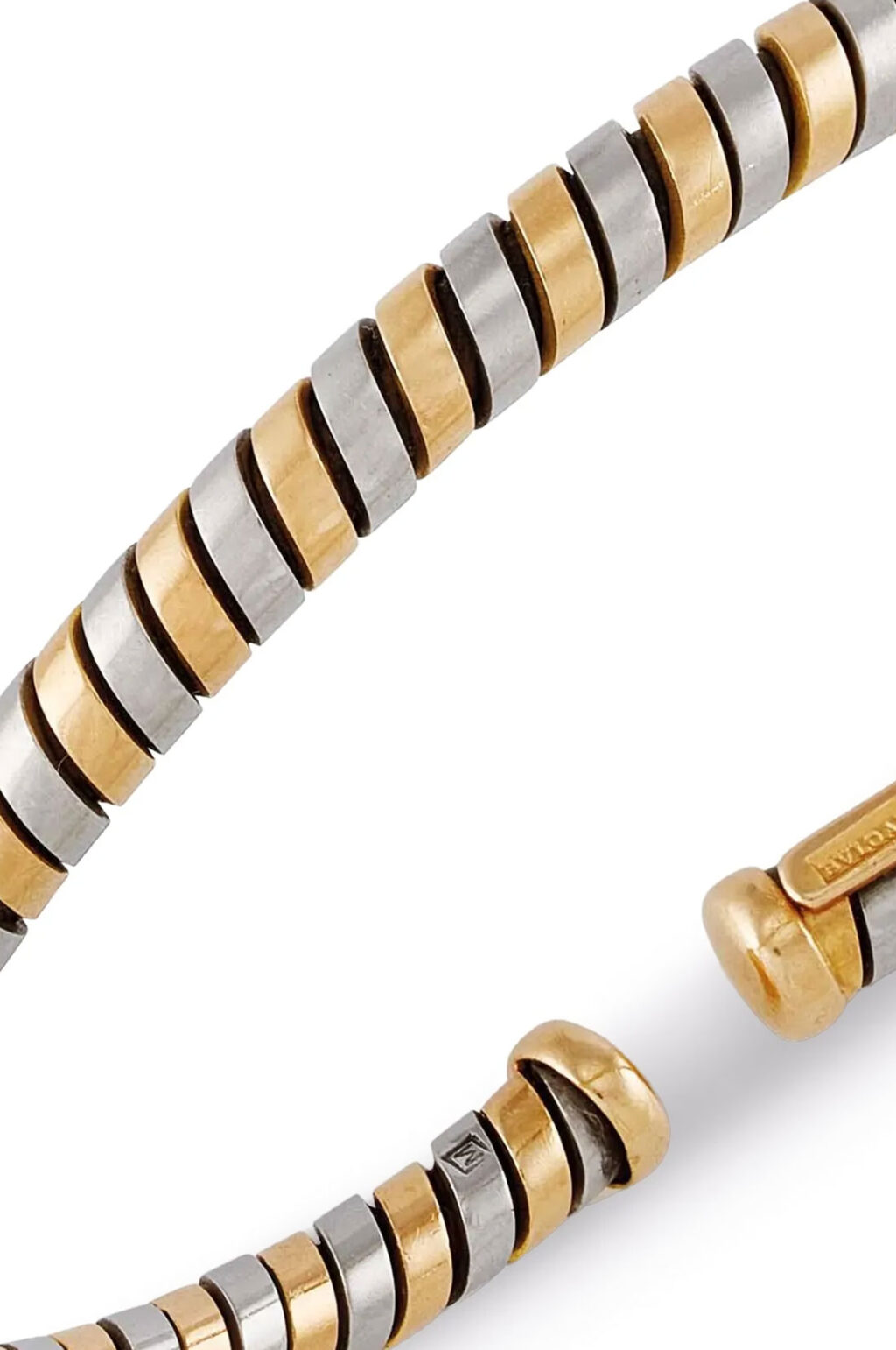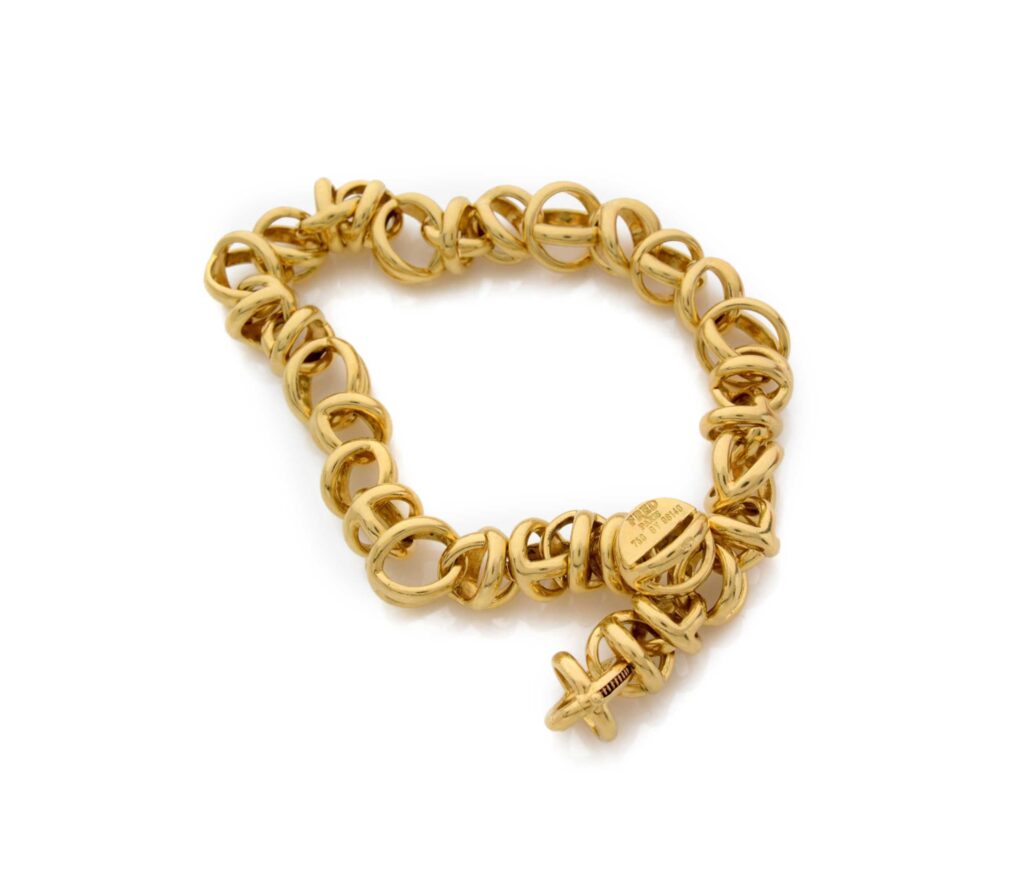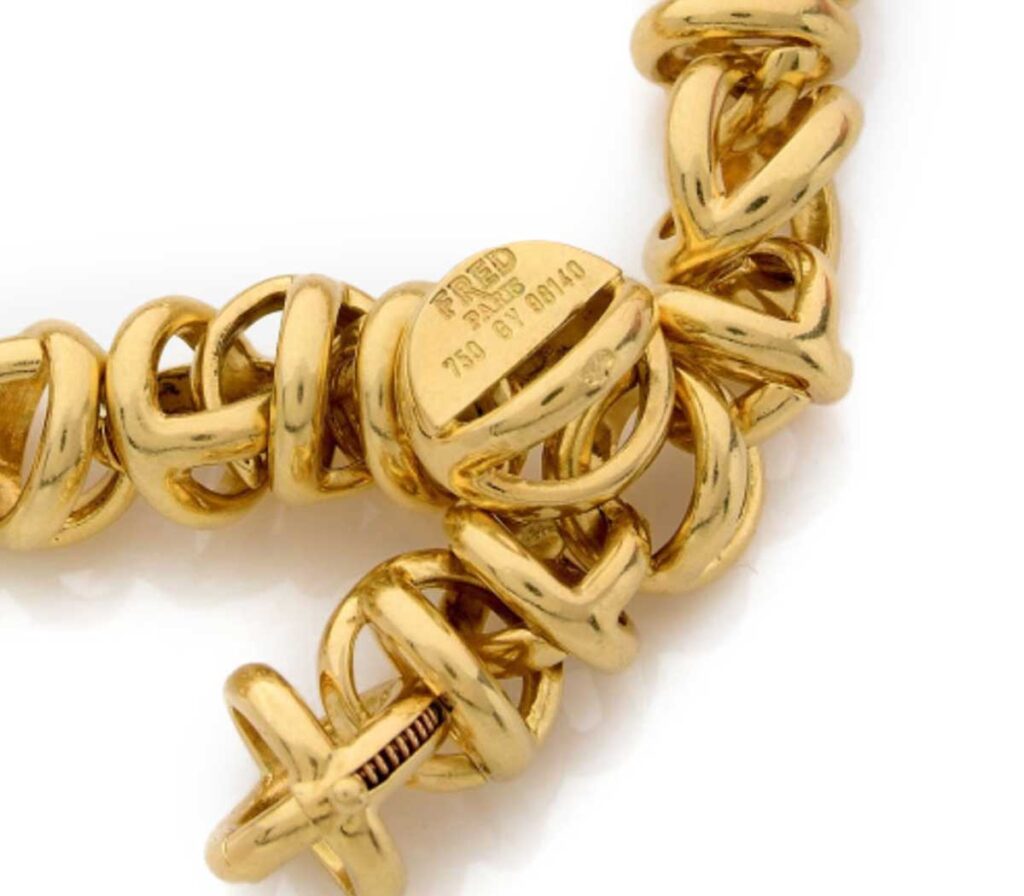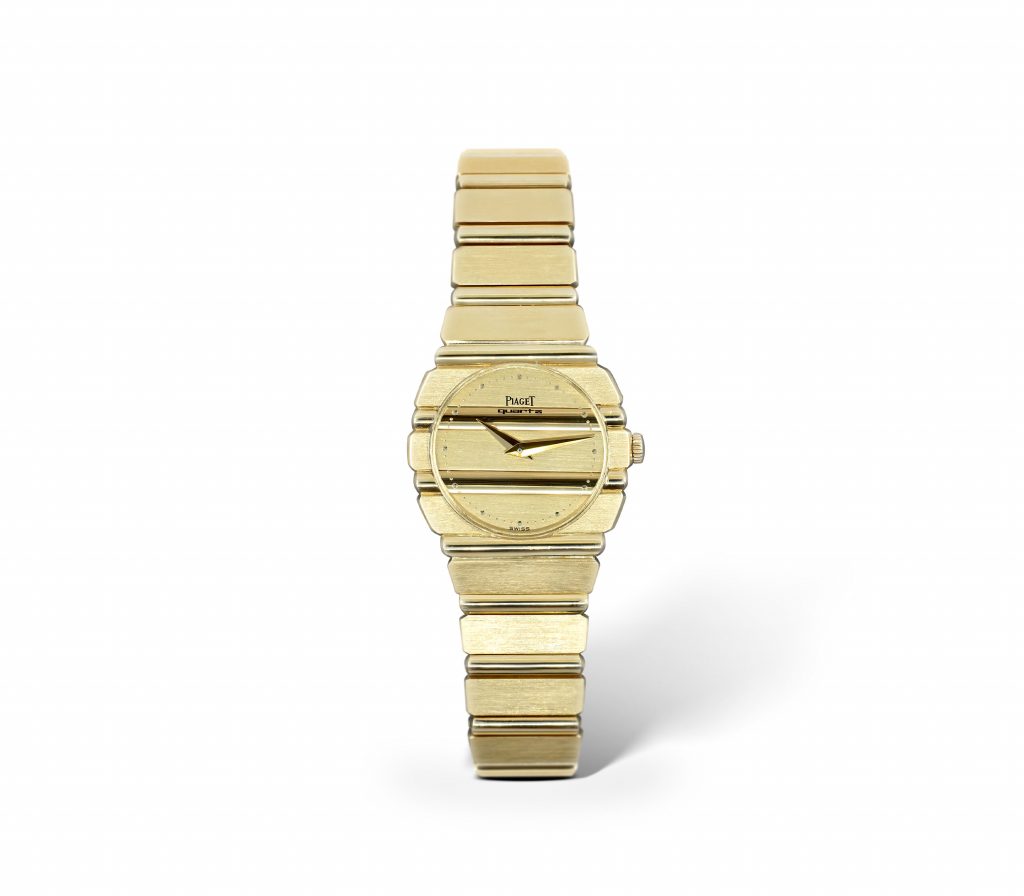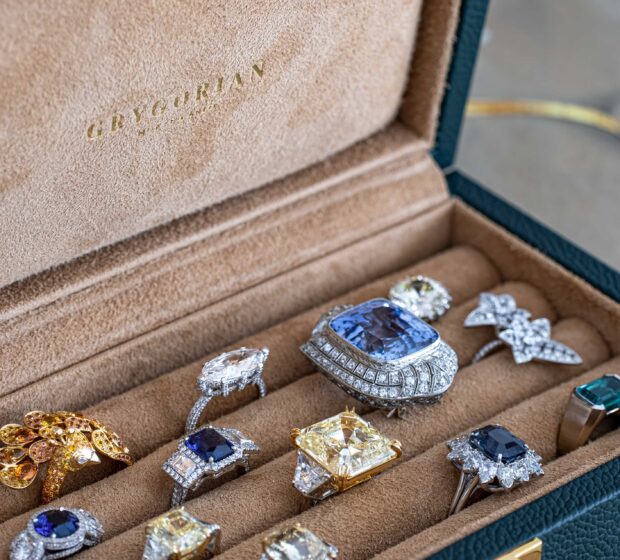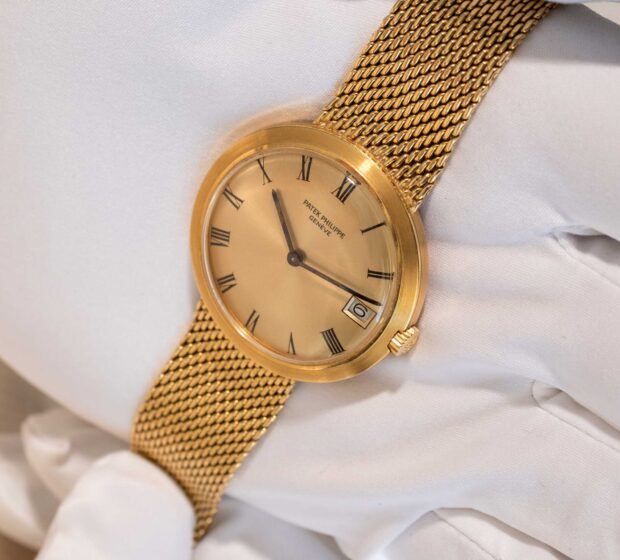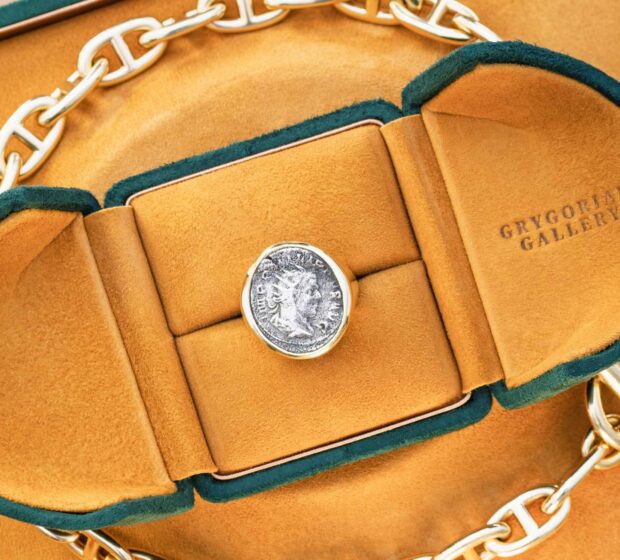Among the most poetic and enduring clues left by artisans and maisons are hallmarks: those tiny, enigmatic symbols stamped into precious metals, whispering secrets of origin, authenticity, and value. To the untrained eye, they may seem like mere scratches or decorative flourishes. Yet, for the expert and the passionate, hallmarks are the cipher to a piece’s soul, a bridge between past and present, and a testament to the enduring legacy of heritage.
The Language of Hallmarks: A Brief History
Hallmarks are as old as the art of metallurgy itself. Their origins trace back to ancient civilizations, where rulers and guilds sought to guarantee the purity of precious metals and protect both artisans and patrons from deceit. In medieval Europe, the establishment of hallmarking systems became a matter of civic pride and economic necessity. The Goldsmiths’ Company Assay Office in London, founded in 130, remains one of the oldest institutions dedicated to this craft, its mark of the leopard’s head and expertise in refining gold still revered by collectors worldwide.
But the language of hallmarks is not universal. Each country, and often each city, developed its own system—a unique lexicon of symbols, letters, and numbers. French jewelry, for instance, is renowned for its intricate system of “poinçons,” including the eagle’s head for 18K gold and the Minerva head for silver. Russian pieces may bear the kokoshnik mark, while Swiss watches are often graced with the hallmark of the Geneva Seal, a testament to the highest standards of horological excellence.
To the collector, these marks are more than bureaucratic stamps; they are the fingerprints of history, the signatures of master craftsmen, and the silent witnesses to centuries of artistry.
Decoding the Symbols: What Hallmarks Reveal
At its core, a hallmark is a promise—a guarantee of metal purity, a declaration of origin, and, often, a clue to the maker’s identity, connecting it to a particular era. Yet, the true sophistication of hallmarking lies in its layered meanings. A single piece may bear multiple marks, each telling a different part of its story.
Purity Marks
The most fundamental hallmark is the purity mark, indicating the fineness of the metal. In gold, this is often expressed in karats (such as 18K or 14K) or in parts per thousand (750 for 18K, 585 for 14K). Silver is typically marked as 925 (sterling) or 800, while platinum may bear marks such as 950. These numbers are not arbitrary; they are the result of rigorous assay testing, a tradition that has safeguarded the integrity of precious metals for centuries.
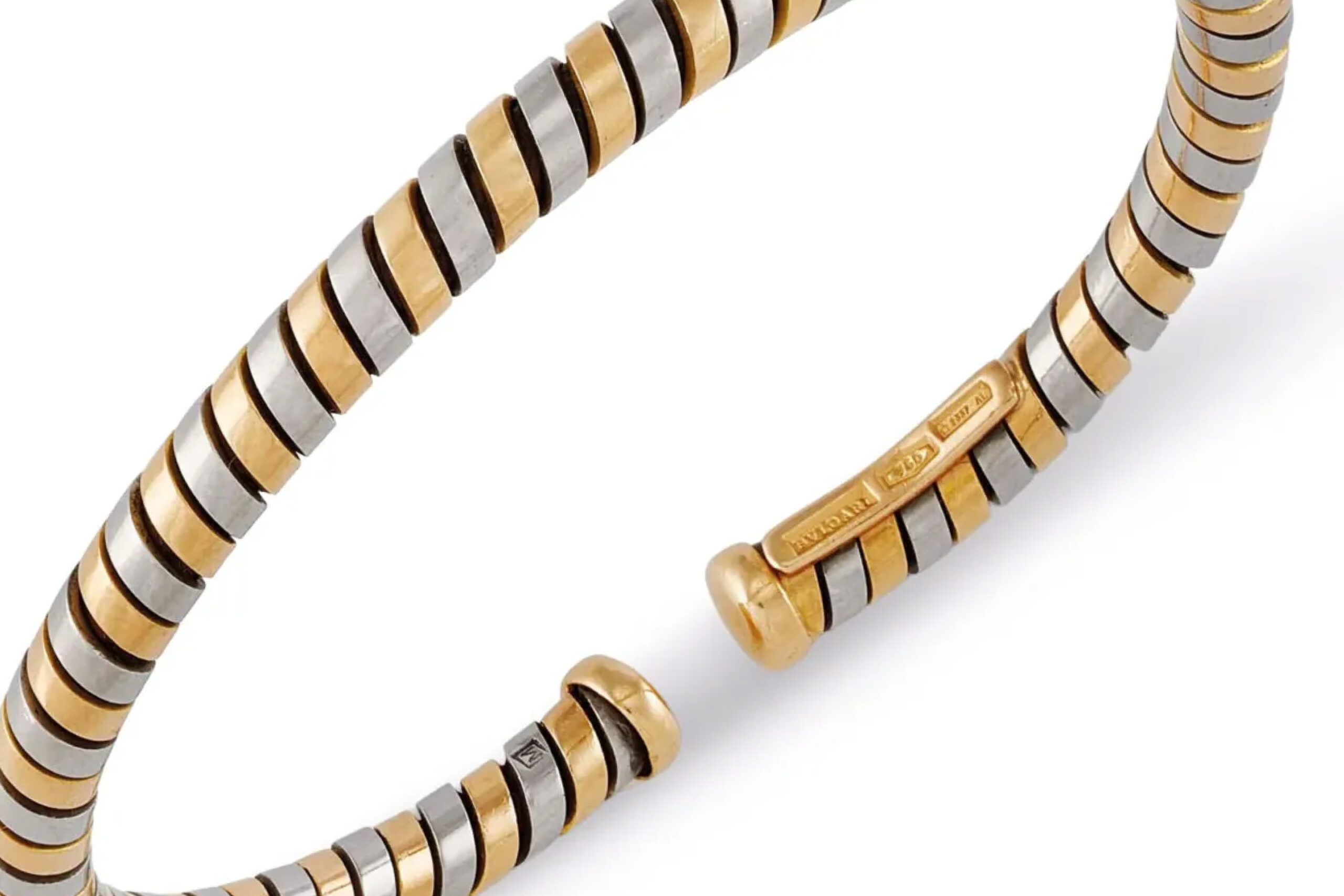
Assay Office Marks
Assay offices, the guardians of hallmarking, each have their own unique symbols. The leopard’s head of London, the anchor of Birmingham, the crab of Paris—these are not mere decorations but emblems of trust. For the collector, recognizing these marks is akin to reading a map: they pinpoint the geographic and historical context of a piece, offering clues to its journey through time.
Maker’s Marks
Perhaps the most evocative of all hallmarks is the maker’s mark—a unique stamp registered by each goldsmith, silversmith, or maison. These marks can be as simple as initials or as elaborate as pictorial symbols. To discover a maker’s mark is to glimpse the hand behind the masterpiece, to connect with the individual or house that breathed life into metal and stone. For connoisseurs of signed jewelry, such as those curated in the Grygorian Gallery’s vintage jewelry collection, the maker’s mark is often the ultimate seal of desirability and provenance.
Date Letters and Duty Marks
Some hallmarking systems, particularly in Britain, include date letters—alphabetic codes that correspond to specific years. These marks allow collectors to pinpoint the exact year of creation, adding another layer of historical depth. Duty marks, now largely obsolete, once indicated the payment of taxes on precious metals, offering further insight into the economic and political context of a piece.
The Art of Interpretation: Hallmarks as Clues to Value
To the expert, hallmarks are not merely technical details; they are crucial for jewelry identification and the foundation upon which value is built, connecting each piece to an era of craftsmanship and artistry. In the rarefied world of high jewelry and vintage watches, provenance is everything. A piece bearing the mark of a legendary maison—Cartier, Van Cleef & Arpels, Patek Philippe—commands a premium not only for its beauty but for its place in the pantheon of design.
Yet, value is not solely determined by the name. The purity of the metal, the rarity of the hallmark, the historical period, and the condition of the marks all play a role. A rare assay office mark, a discontinued maker’s stamp, an unusual date letter, or a hallmark indicating platinum can elevate a piece from the ordinary to the extraordinary.
For gemstone and diamond collectors, hallmarks may also be accompanied by additional inscriptions or certificates, further attesting to the authenticity and quality of the stones. In the world of vintage watches, the presence of original case and movement numbers, alongside hallmarking, is essential for establishing both provenance and value.
Hallmarks and Heritage: The Poetry of Provenance
There is a certain poetry in tracing the journey of a jewel or timepiece through its hallmarks. Each mark is a stanza in a larger narrative—a testament to the hands that shaped it, the cities that witnessed its creation, and the collectors who cherished it. To hold a piece marked with the eagle’s head of Paris or the kokoshnik of St. Petersburg is to hold a fragment of history, a tangible connection to the artistry and ambition of another era.
For heritage-focused collectors, hallmarks are more than technicalities; they are the very essence of what makes a piece collectible. They speak of tradition, of the passing down of skills and secrets from master to apprentice, of the enduring allure of beauty crafted to last generations.
The Collector’s Journey: From Discovery to Authentication
The journey of a collector is one of discovery, scholarship, and, ultimately, stewardship, where understanding metal stamps plays a crucial role. To collect is to become a custodian of history, responsible for preserving and sharing the stories embedded in each piece. Hallmarks are the keys to unlocking these stories, but they require knowledge, patience, and, often, expert guidance.
At Grygorian Gallery, we understand the profound significance of authenticity. Each piece in our collection undergoes meticulous examination, not only for its aesthetic and material qualities but for the integrity of its hallmarks and provenance. Our authentication service ensures that every jewel, watch, or gemstone is not only beautiful but genuine—a true artifact of heritage, artistry, and expert composition. For those seeking assurance or wishing to learn more about the authentication process, our services page offers a window into our rigorous standards and expertise.
Hallmarks Across Cultures: A Global Perspective
The world of hallmarking is as diverse as the cultures that created it. In France, the system of “poinçons” is a language unto itself, with hundreds of marks denoting everything from metal purity to regional assay offices. The eagle’s head, introduced in 1838, remains the definitive mark for 18K gold, while the boar’s head signifies silver. French jewelry is also known for its “maître d’ouvrage” marks, identifying the master craftsman responsible for the piece.
In Russia, the kokoshnik mark—depicting a woman’s head in traditional headdress—was introduced in 1899 and is a hallmark of Imperial Russian silver and gold. These marks are often accompanied by the initials of the assay master and the city mark, such as the crossed anchors of St. Petersburg or the Greek letter alpha for Moscow.
Switzerland, the spiritual home of haute horlogerie, employs a system of hallmarks and seals to guarantee the quality of its timepieces. The Geneva Seal, or “Poinçon de Genève,” is reserved for watches that meet the highest standards of craftsmanship and finishing, a mark of distinction sought by collectors worldwide.
In the United States, hallmarking is less centralized, but many American jewelers adopted their own marks, often incorporating company logos or initials. Tiffany & Co., for example, is renowned for its distinctive “T & Co.” mark, a symbol of enduring elegance and innovation.
The Evolution of Hallmarking: From Tradition to Technology
While the tradition of hallmarking is steeped in history, it has not remained static. Advances in technology have transformed the way hallmarks are applied and interpreted. Laser engraving, for instance, allows for greater precision and the inclusion of micro-marks, such as those used for metals like palladium, invisible to the naked eye. Digital databases and online resources have made it easier than ever for collectors to research and decode hallmarks, democratizing access to knowledge that was once the preserve of experts.
Yet, the essence of hallmarking remains unchanged throughout the era: it is a dialogue between maker and collector, a silent contract of trust and excellence. As the world of high jewelry and vintage watches continues to evolve, hallmarks endure as the ultimate symbols of authenticity and heritage.
Hallmarks and the Art Market: Trends and Insights
The art market is ever-changing, shaped by shifting tastes, economic forces, and the relentless pursuit of rarity. In recent years, there has been a resurgence of interest in signed and hallmarked jewelry, driven by a new generation of collectors seeking pieces with provenance and personality. Auction houses report record prices for jewels bearing the marks of iconic maisons, while vintage watches with original hallmarks and case numbers command fierce competition.
This renewed focus on hallmarks reflects a broader cultural shift in this era toward authenticity, sustainability, and the timeless allure of gold. In a world awash with mass-produced luxury, collectors are drawn to pieces that tell a story, that bear the indelible marks of history and human touch. Hallmarks, in this context, are not just technical details—they are the very essence of what makes a piece valuable and desirable.
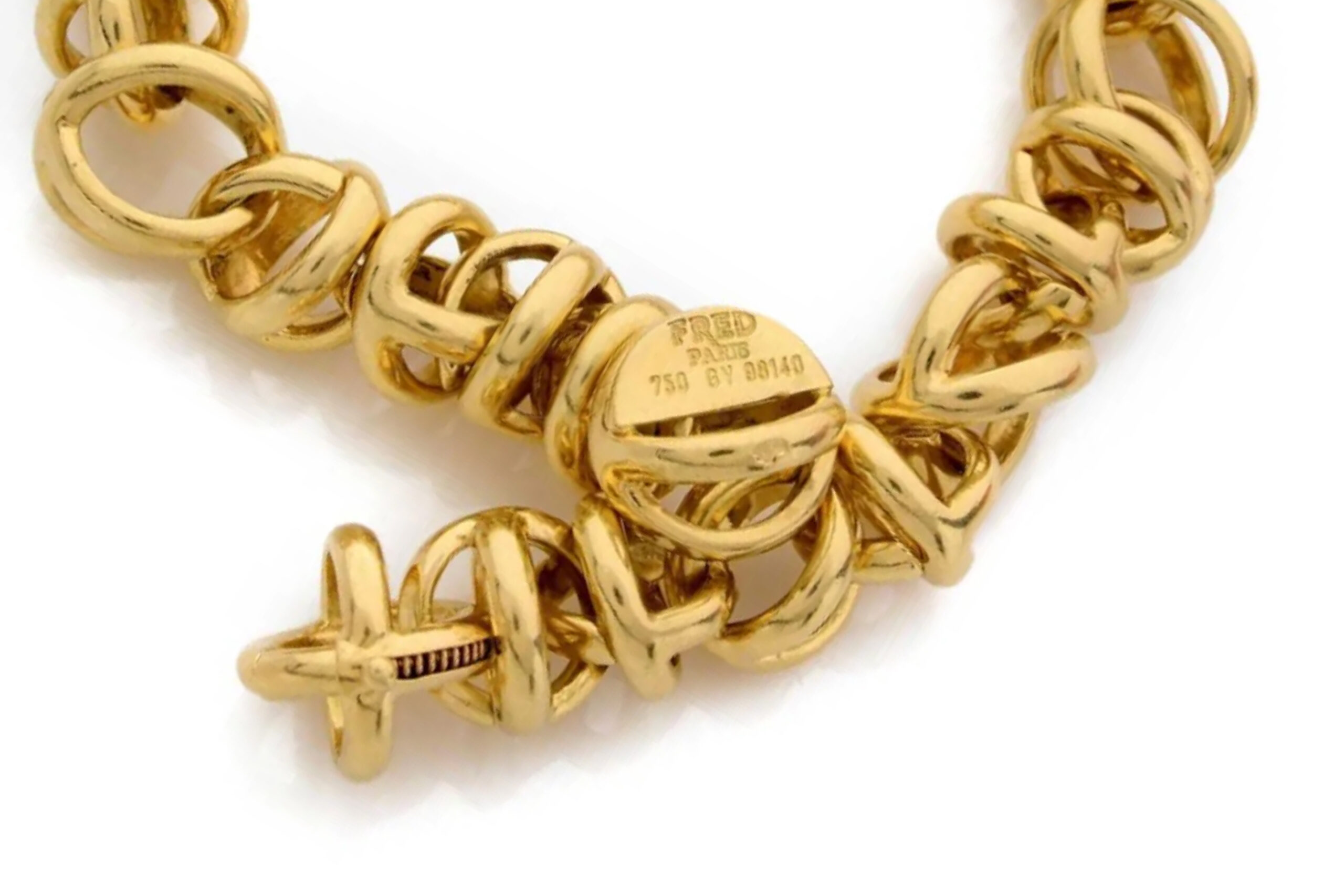
The Collector’s Toolkit: Resources for Decoding Hallmarks
For those embarking on the journey of hallmark discovery, knowledge is the most valuable tool. There are numerous resources available to collectors, from reference books and online databases to expert appraisers and auction house specialists. Some of the most respected guides include:
- “International Hallmarks on Silver” by Tardy: A comprehensive reference for silver marks worldwide.
- The Goldsmiths’ Company Assay Office Database: An invaluable resource for British hallmarks.
- The French Ministry of Culture’s Poinçons Database: A detailed guide to French marks.
- Auction House Catalogues: Sotheby’s, Christie’s, and Phillips often provide detailed hallmark information in their listings.
Yet, even the most seasoned collector can benefit from expert guidance. At Grygorian Gallery, our team of specialists is dedicated to helping clients navigate the intricate world of hallmarks, offering insights and expertise honed over decades of scholarship and passion.
Case Studies: Hallmarks in Action
To illustrate the power of hallmarks in tracing origin and value, let us consider a few emblematic examples from the world of high jewelry and vintage watches.
The Cartier Mystery Clock
A Cartier Mystery Clock, bearing the maker’s mark of the legendary maison, the French eagle’s head for 18K gold, and the Paris assay office mark, is more than a timepiece—it is a masterpiece of Art Deco design and ingenuity. The presence of these hallmarks not only confirms the clock’s authenticity but situates it within a specific historical and cultural era, enhancing its value and allure.
The Fabergé Imperial Egg
A Fabergé Imperial Egg, marked with the kokoshnik and the initials of the master goldsmith, is a relic of Imperial Russia’s opulence. The hallmarks tell a story of royal patronage, artistic innovation, and the tumultuous history of a vanished world. For collectors, these marks are the ultimate guarantee of provenance and rarity.
The Patek Philippe Calatrava
A vintage Patek Philippe Calatrava, with its Geneva Seal and original case numbers, is a testament to the enduring legacy of Swiss watchmaking. The hallmarks not only attest to the watch’s quality but connect it to the storied tradition of Geneva’s ateliers, where time is measured not only in hours but in generations.
The Emotional Resonance of Hallmarks
Beyond their technical and financial significance, hallmarks possess a profound emotional resonance. They are the tangible traces of human creativity and ambition, the silent witnesses to moments of joy, love, and achievement. To wear a ring marked with the symbols of a bygone era is to carry a piece of history on one’s hand, to become part of a lineage that stretches back centuries.
For many collectors, the discovery of a rare or meaningful hallmark is a moment of revelation—a connection to the past that transcends time and place. It is this sense of continuity, of belonging to a tradition greater than oneself, that lies at the heart of the collector’s passion.
Hallmarks and the Future: Preserving Heritage in a Changing World
As we look to the future, the importance of hallmarks in preserving heritage and ensuring authenticity has never been greater. In an age of rapid technological change and globalized markets, the risks of forgery and misattribution are ever-present. Hallmarks remain the collector’s best defense—a shield against deception and a beacon of trust.
At Grygorian Gallery, we are committed to upholding the highest standards of integrity and scholarship. Our dedication to hallmark research and authentication is not merely a matter of business; it is a calling, a responsibility to honor the legacy of the artisans and collectors who came before us.
Conclusion: The Collector’s Clue
In the end, hallmarks are more than marks on metal—they are the collector’s clue, the key to unlocking the mysteries of origin and value. They are the silent storytellers of the jewelry and watch world, bearing witness to centuries of artistry, innovation, and human aspiration.
To collect is to embark on a journey of discovery, guided by the wisdom of the past and the promise of the future. Whether you are drawn to the elegance of signed jewelry, the precision of vintage watches, or the allure of rare gemstones and diamonds, let the hallmarks be your guide—a testament to the enduring power of heritage, beauty, and truth.
For those who wish to explore the world of signed and hallmarked treasures, the Grygorian Gallery’s vintage jewelry collection offers a curated selection of masterpieces, each with its own story to tell. And for those seeking assurance and expertise, our authentication service stands as a guardian of trust, ensuring that every piece is not only exquisite but genuine.
In the poetry of hallmarks, we find the essence of collecting: a celebration of history, artistry, and the eternal quest for meaning and beauty.

